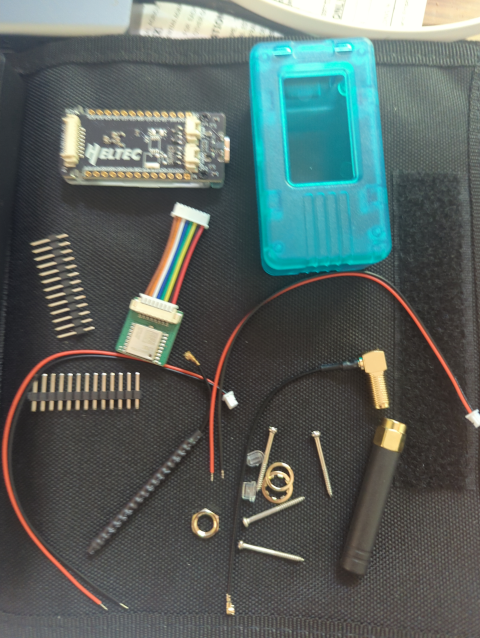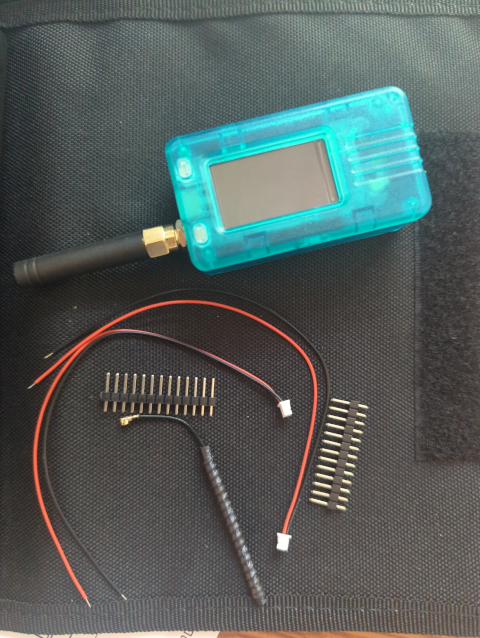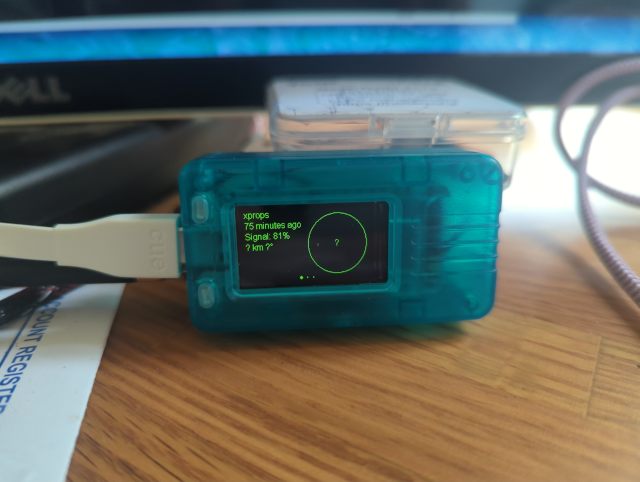
We live in a rural, isolated area in an isolated region of what what Time Magazine has called “the most isolated population center in the world”. That’s great when you want to enjoy the beauty of nature or find some solitude for making art, but not so good in emergency situations. It’s a long way from emergency services. Transportation and communication are limited.
For example, we live on a one-lane road that is only paved for part of its length. A single line (telephone and internet) runs next to the road, adjacent to very tall trees, and in storms it is common for trees to fall and take out all communication including the (already-practically-nonexistent) cellular service while blocking all vehicular traffic on the road. We are not the highest priority for road crews and lineworkers to show up and effect repairs.
Though the volcano on which we live has been dormant for 4,000 or more years, and we’re high enough to be above tsunami risks, there are still floods and wildfires and earthquakes and hurricanes to contend with. Any of those could easily wipe out our tenuous terrestrial communications networks, so how do we cope with emergencies?
Some neighborhood volunteers are working on alternative distributed communications systems. As part of that effort, I started looking into LoRa (Long Range) mesh radio systems. They rely on small (matchbox-sized), inexpensive ($20) radios linked to mobile phones that can relay messages among themselves using unlicensed radio frequencies. If, for example, an isolated household had an emergency request or vital information, the mesh network might be sufficient to get a text message, via hops through multiple nodes, to one of the neighborhood’s amateur radio (“ham”) operators who could then relay it to regional emergency services.
The idea is that the mesh radios are small enough, cheap enough, and sufficiently power efficient that we could scatter a number of them around our sparsely-populated area and, with minimal effort, keep enough running at all times to have a viable communication system independent of grid power, phone lines, internet access, and vehicular travel. In our climate and latitude, a small solar panel and battery should be able to keep a node perpetually running.
I received my first two mesh nodes today. They arrived in small plastic bags as shown above. It quickly became apparent that this is not a plug-and-play consumer-ready technology. I opened the bag and a number of parts fell out:

What didn’t fall out were any kind of instructions. With great hope I surfed to the URL on the bag, but that was just the manufacturer’s sales site devoid of anything like assembly instructions.
Fortunately, I worked for decades as an electronics designer and it didn’t take me too long to get everything shoehorned into the case. There were a lot of leftover parts, but they didn’t worry me too much.

The node itself is about 2½” tall (plus antenna) and 1½” wide. It normally uses a USB type C connection for power. The leftovers include two power cables for connecting a battery and a solar panel (projects for the future), an alternate type of antenna (not sure of the significance of that yet), and a couple of rows of header pins that the truly geeky can use to connect to general-purpose signaling pins on the circuit board in case you want the mesh node to control external devices (alarms, lights, pumps — and doubtless exotic things I would never have dreamed of).
The next step is to get the node programmed by flashing it with new firmware. We’re trying Meshtastic, a free and open-source protocol to power LoRa/mesh based texting from smartphones. I found the Meshtastic web site to be comprehensive, but not very approachable — among other things, you have to know how to find your way around a github repository to find the right firmware files. Not that hard for someone who has worked with open-source software, but I suspect a daunting task for a non-techie just trying to get on the neighborhood network.
Eventually, though, I got the Meshtastic firmware loaded on the device and the Meshtastic app installed on my Android-like phone. I repeated the process with the second node (hard to test with just one!) but paired it with an iPhone. I took the second node down to the studio, about 400 feet away, and was able to exchange messages. That’s not very far, but well out of the range of WiFi in this environment.

I drove around the neighborhood a bit, but didn’t have time enough to really assess the range of the devices. I lost contact about ¾ mile up the mountain, but that was with one node inside the studio and resting on a big hunk of steel and lithium (solar storage betteries) and the other node inside the car. I’m looking forward to seeing what happens when I put the base up on a 60’ bamboo pole I can harvest, and then do the testing with the mobile node outside the vehicle. I think if we can get 2 km of range (about 1¼ miles), then 1-2 dozen of the nodes could give us a solid area-wide network.
—2p